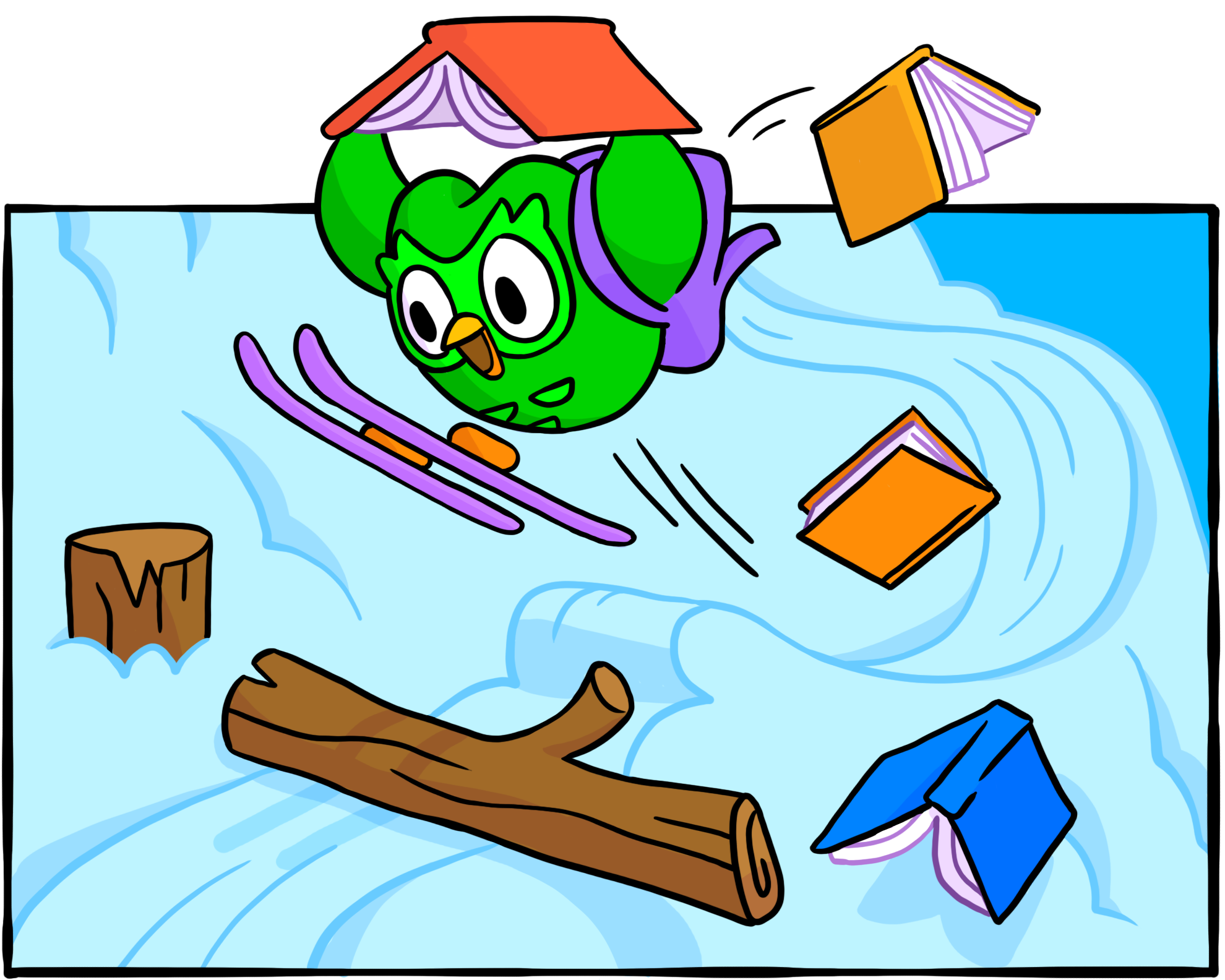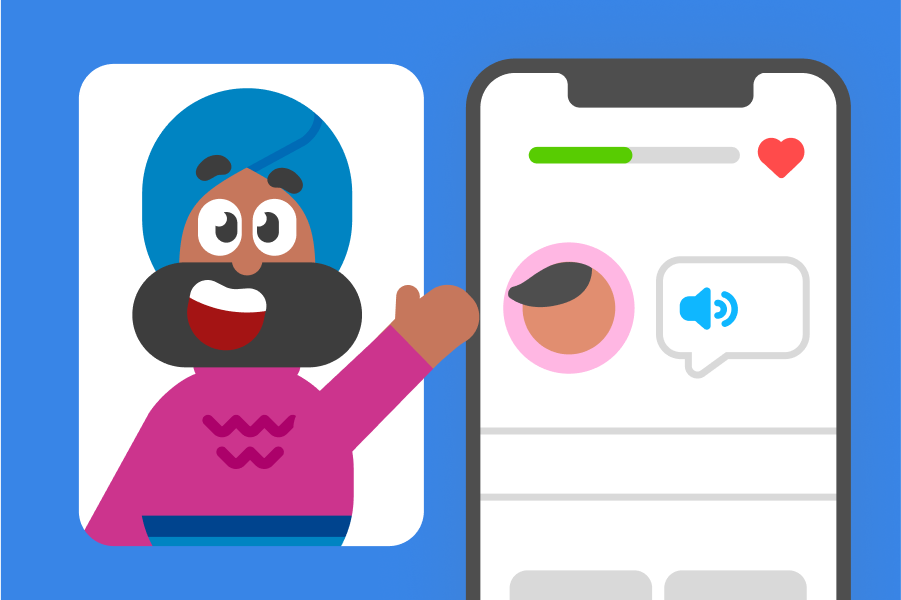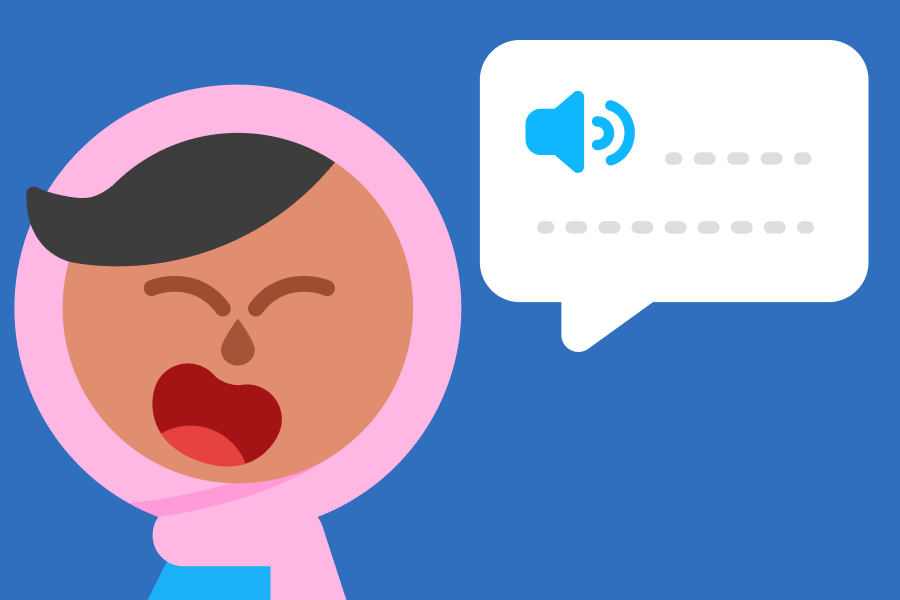Every year, millions of Duolingo learners get better and better at understanding and using a new language. Meanwhile, inside Duolingo, teams are working to get better and better at teaching a new language. This year, we made several exciting improvements to how we teach grammar in many of our courses. See our biggest updates below, and then try them out in the app!

We added Grammar Skills to many of our courses
Late last year, we introduced Grammar Skills, exercises devoted entirely to helping learners understand grammar rules. Grammar Skills don’t introduce new vocabulary and instead focus on clarifying the rules around tenses, verb usage, sentence structure, and other tricky concepts. In 2021, we added Grammar Skills to 20 units in our four biggest courses, because they actually work! Our teams conducted extensive research to figure out if these focused exercises were working, and they were! Learners cited this content as “rewarding,” and we saw learners making fewer grammatical errors following a mini lesson.
Read more about Grammar Skills >>
We implemented Smart Tips to increase comprehension
It’s not enough to know that you got something wrong—you need to know why you got it wrong in order to improve and understand the rule for next time. That’s why we implemented Smart Tips, short explanations that appear after specific mistakes to help learners understand the pattern and practice it in context. While experimenting with Smart Tips, we found that learners who saw these explanations made fewer subsequent errors than learners who didn’t. Have you encountered any yet?
We launched conversation lessons
Noticing a theme here? The more methods you have to experiment with and practice your language, the more comfortable you’ll become using the language! That’s why we introduced conversation lessons in 2021, which allows you to practice your grammar and vocabulary in realistic situations. These lessons scaffold (or build upon) topics you recently learned in order to help you try out these rules and phrases in context.
Learn more about conversation lessons >>
We introduced immersive language exercises
Learning to use a new language involves training your brain to use new words for ideas that you're used to expressing in your own language. This process of adding new connections to your brain’s existing language network doesn’t happen overnight! That’s why we developed immersive exercises, which involve using context clues in the new language to help learners figure out the answer.
Learn more about our immersive exercises >>
We met international standards of proficiency in more languages
The Common European Framework of Reference for Languages, or CEFR, is the standard we use to guide the development of each unit of our courses. In 2021, we added or updated content in nearly a dozen courses to reach more advanced levels on the CEFR scale. Instead of asking yourself, “Am I fluent yet?” consider assessing how comfortable you are with the language, and what learning goal makes the most sense for your needs!
Learn more about how we use CEFR levels in course creation>>
There’s so much more to come in 2022 for learners seeking to practice their language skills, and we’re excited to continue improving our courses to help you meet your goals! Which feature did you use most this year?
Ready to test your grammar knowledge? Download Duolingo on Apple or Google Play stores.



